Don't Think Just Shoot | Holga 120CFN
Some people think you need an expensive complex camera to take amazing photos, but the Holga is here to show you otherwise. Holga is a great camera to get started taking amazing analog photos. It's also a great way to get back to the basics of photography for those of us with way too many cameras.

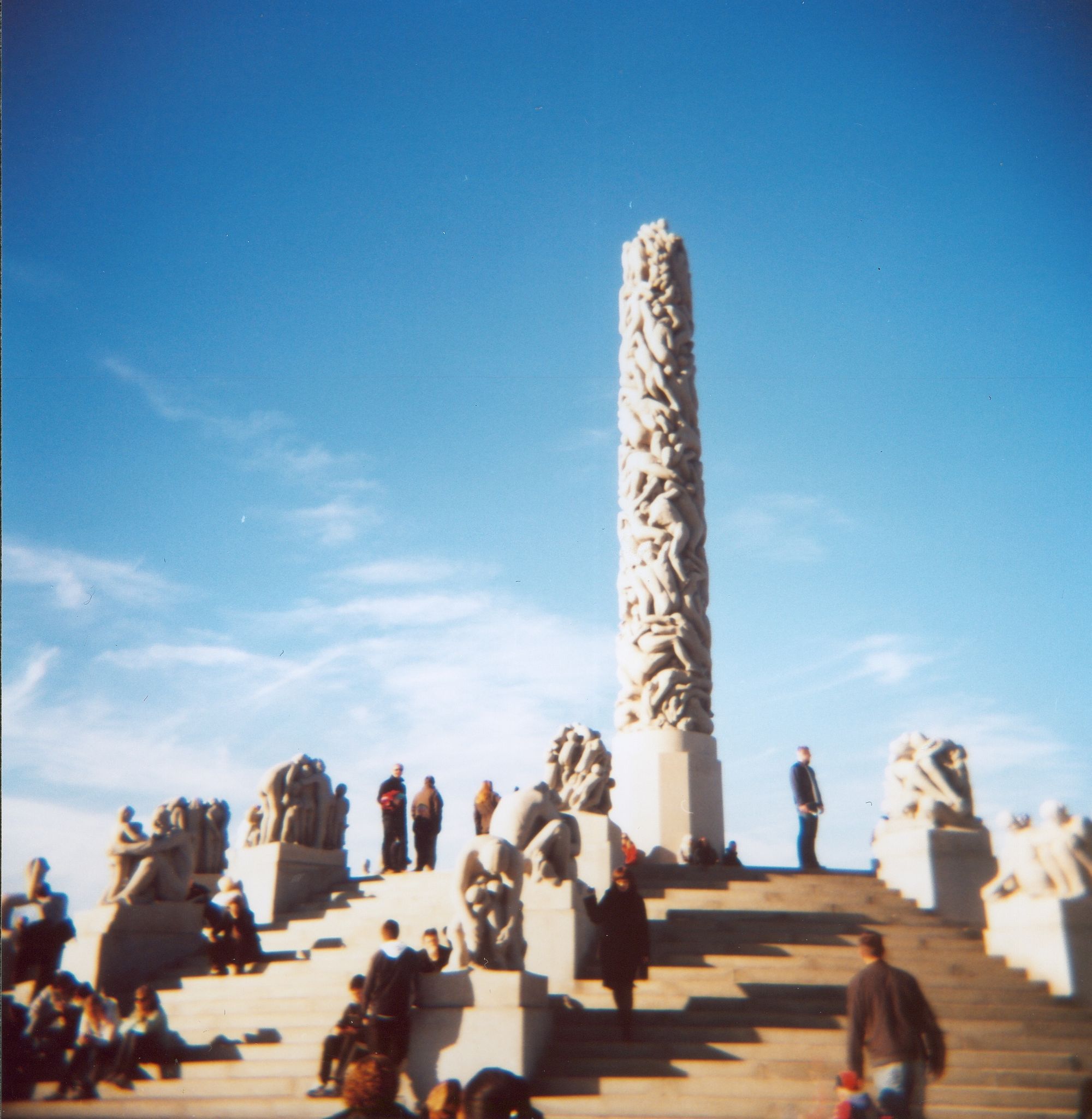
These days it's easy to get caught up in bells and whistles when it comes to photography gear. Modern digital cameras have hundreds of features regarding things like face detection, white balance, focus tracking, video modes, image stabilization, etc. It's easy to see why a photography hobby can quickly turn into an unhealthy gear obsession; one that not only eats away at your bank account, but also distracts from why you want the darned things to begin with... that is: actually taking photos.
Not to throw rocks in a glass house, I'm totally guilty of this myself. Just poking around this site you'll see that most of the cameras I've been showcasing are not exactly the most wallet-friendly cameras around. And the size of my camera collection is more than any one person could actually need.
That said, there is one camera that I'm sure I'll never sell. It's not fancy or expensive, it doesn't have many features, and it will never go out of style because – let's face it – it was never there to begin with.
The camera I'm talking about is, of course, the Holga.
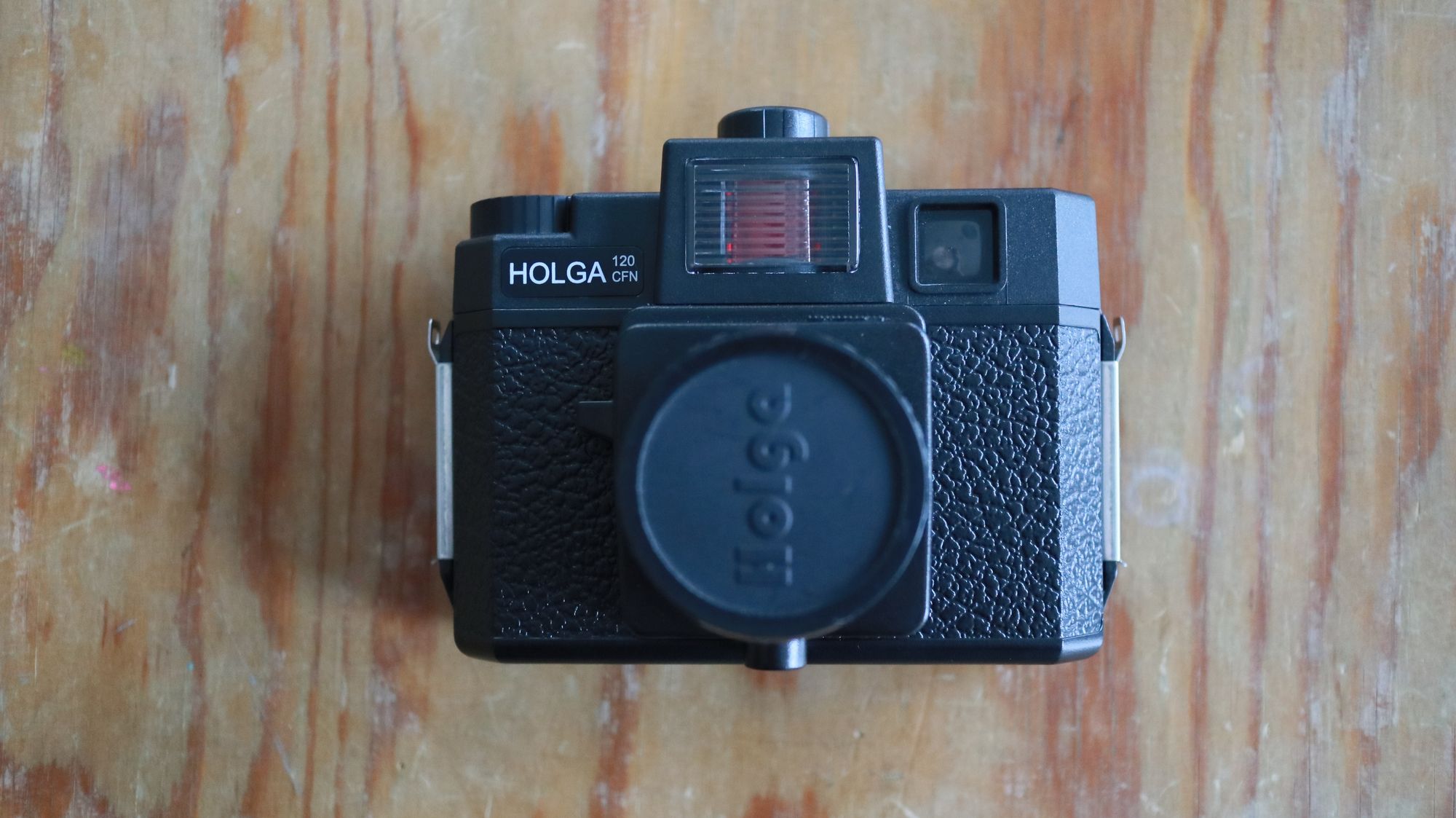
The thing that's lovely about the Holga is not that it has any impressive features, but the exact opposite, that it doesn't have any. The real beauty of the Holga lies in its simplicity.
For many people who are used to digital cameras or even – gasp!– phones, the idea of shooting with an analog camera can be somewhat intimidating. Sure you can buy an auto exposure and auto focus analog camera, but those cameras tend to be either unreliable or overpriced (these days). And even with many of these cameras there's no escaping the need to learn about apertures and shutter speeds and the like. For those who are serious about making the dive into shooting film, it's often inevitable that these concepts are learned, but there are some cameras that allow you to enjoy the joy of analog photography without needing to worry about the nitty gritty details.
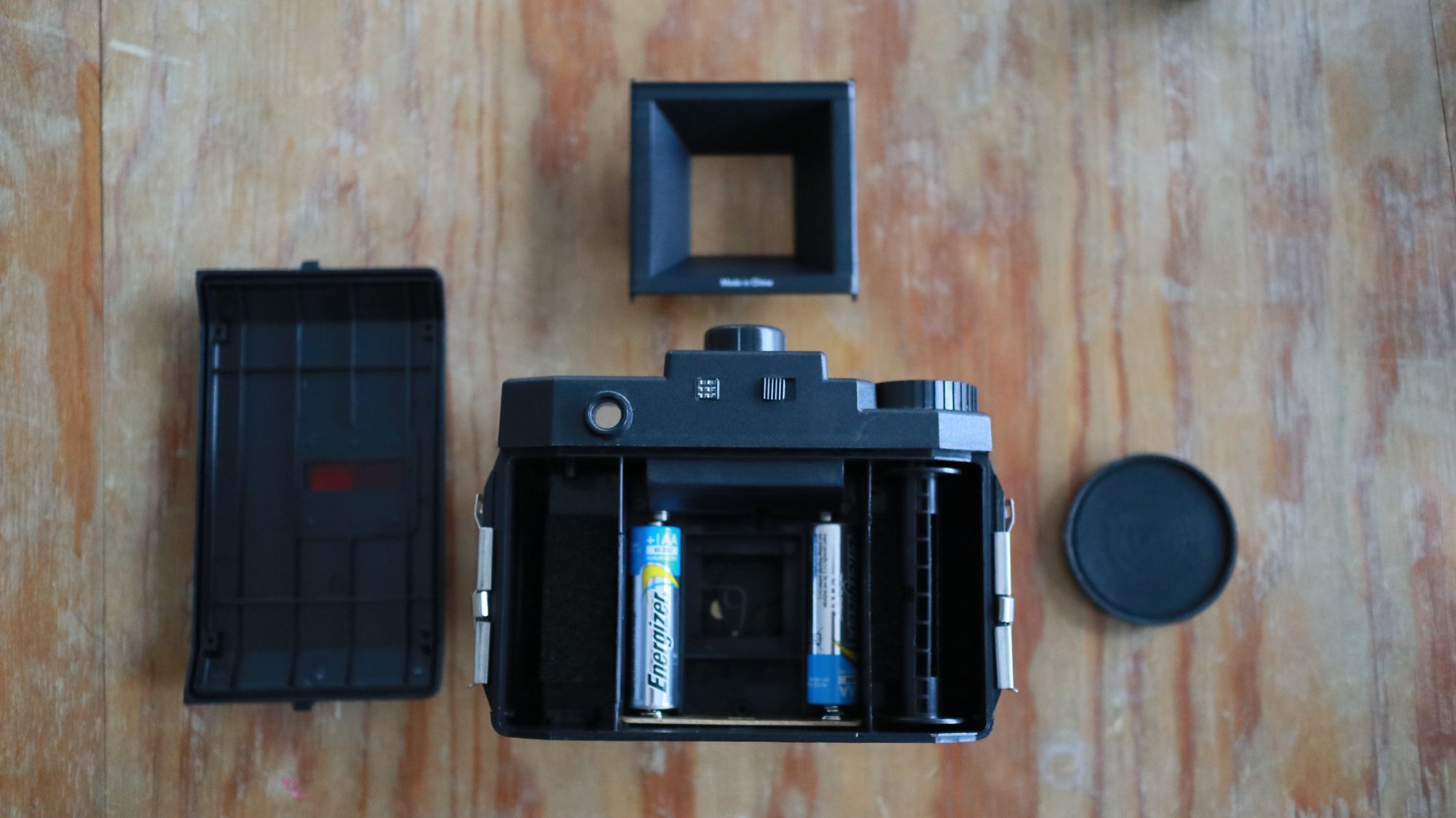
Enter Holga. Here you have a camera that, on the one hand, takes medium format film (usually reserved for professional cameras) and is fully manual, and on the other hand has a plastic lens, a single shutter speed, and aperture settings named after the weather.
On paper, this sounds like total crap, right? Heck, even looking at the camera doesn't help to improve this impression. However, there's something magical that happens when you combine the huge 120 film negative with that plastic lens and the unbounded creativity of a photographer who is not bogged down by thoughts of technical exposure details. Back in the old golden days of Flickr, it was these dreamy square images that first got me hooked on analog photography.
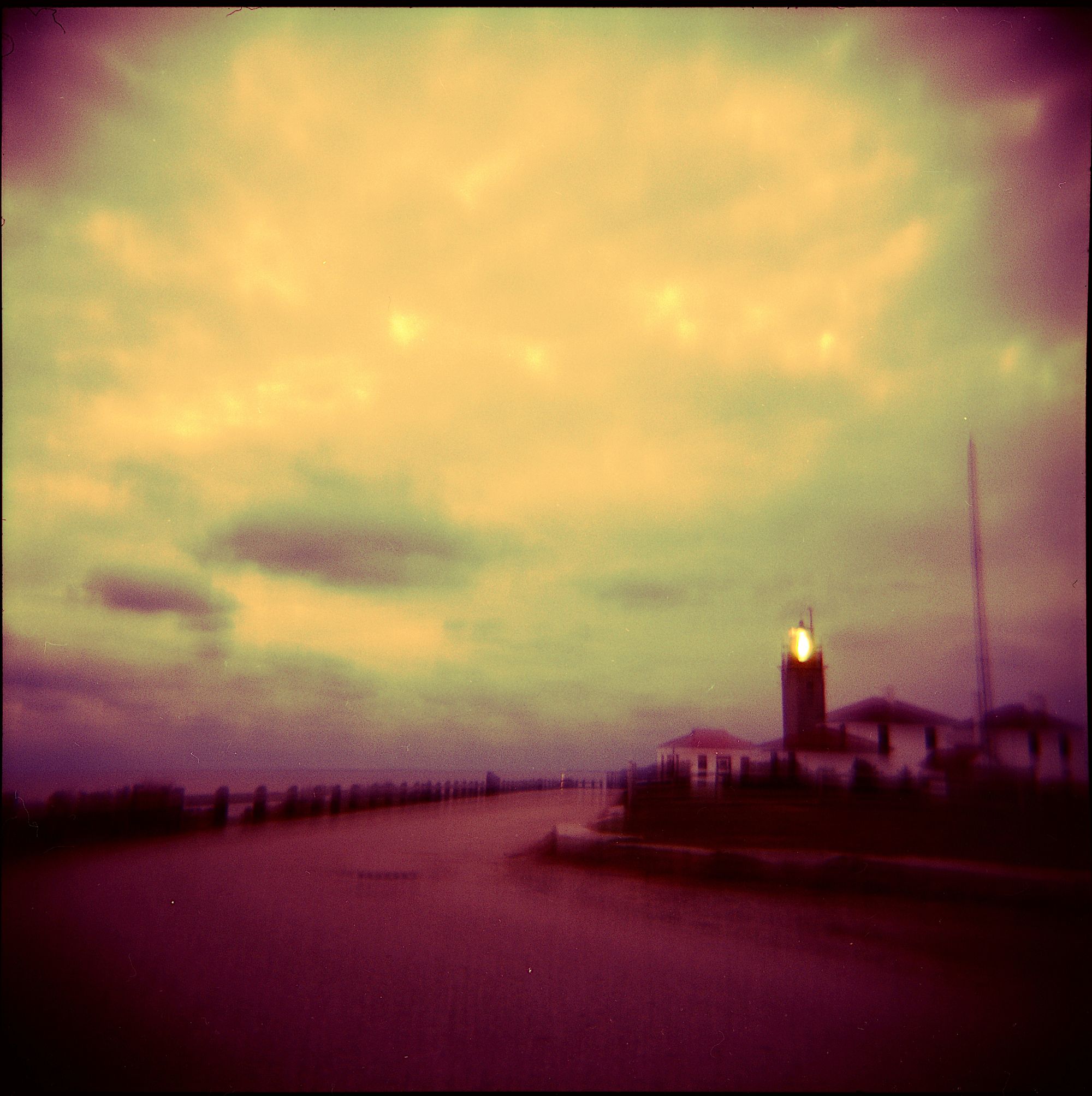
So how simple is the Holga to use, really? Well, like with most cameras, you'll find settings for shutter speed, aperture, and focusing, but unlike most cameras, you really only have a few options when it comes to settings.
On the bottom of the camera are the shutter speed settings. Here you can select either N or B. N stands for normal while B is for bulb. On normal setting, the shutter speed is somewhere around 1/125th of a second. It's an estimate because it's controlled by a spring that may vary in tension from camera to camera.
On the bulb setting, the shutter stays open as long as you hold it open. This allows for long exposures. The real trick here is to remember to set the camera back to N after using it on B. This is not always an easy thing because the settings are on the bottom of the camera and if you forget you'll only find out when you get your film back that all your photos are a blurry mess.
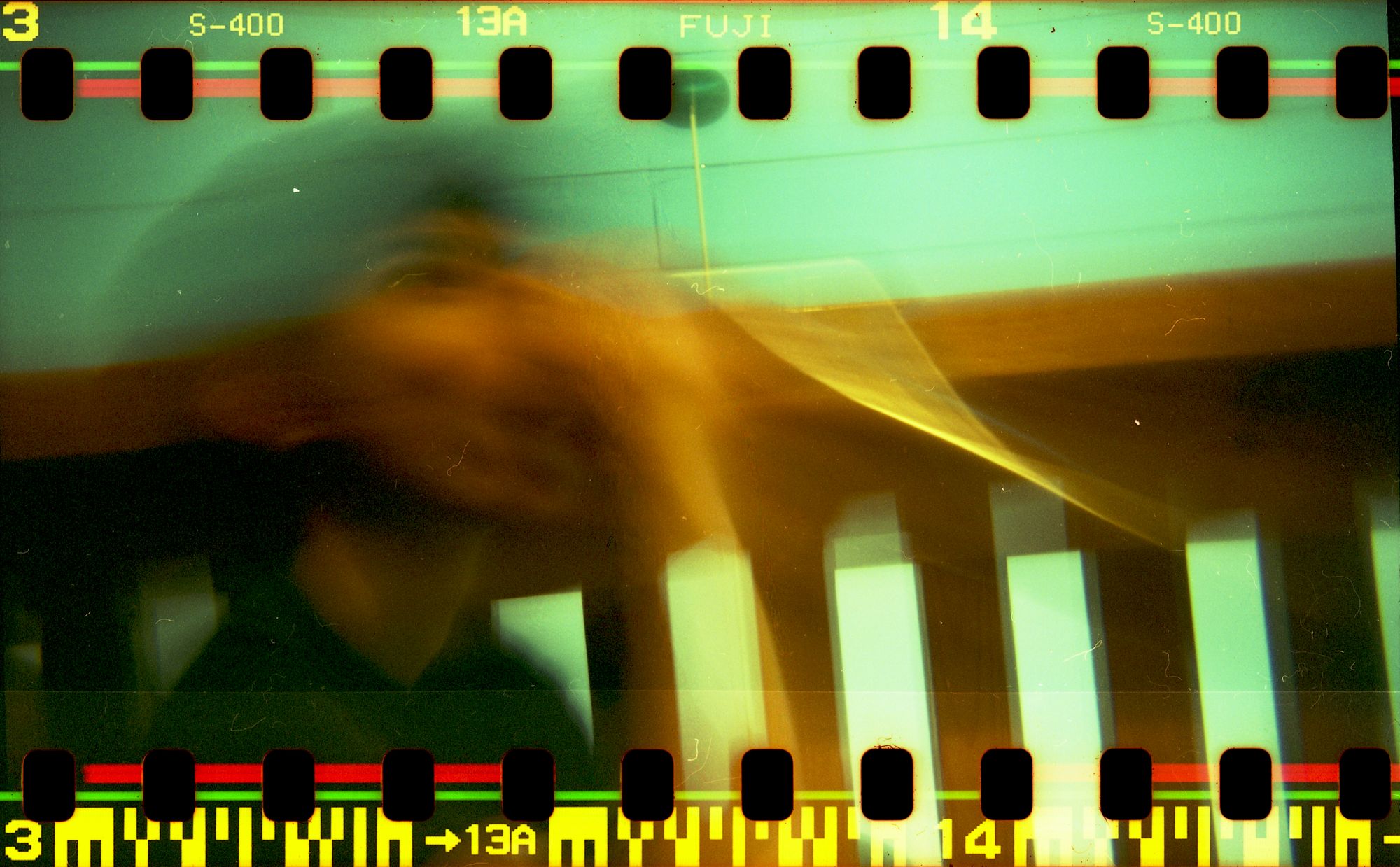
Personally, I just avoid the bulb setting altogether. I find it's a lot more fun to use multiple exposures when you need to get more light into the exposure. This is another great trick of the Holga. A completely uncoupled and fully manual film advance system (aka the clicky advance knob) means that you can layer as many exposures on top of each other as your heart desires. Great for fun experiments with composition and also for getting multiple flash shots (and in multiple colors if you so desire) into one exposure.

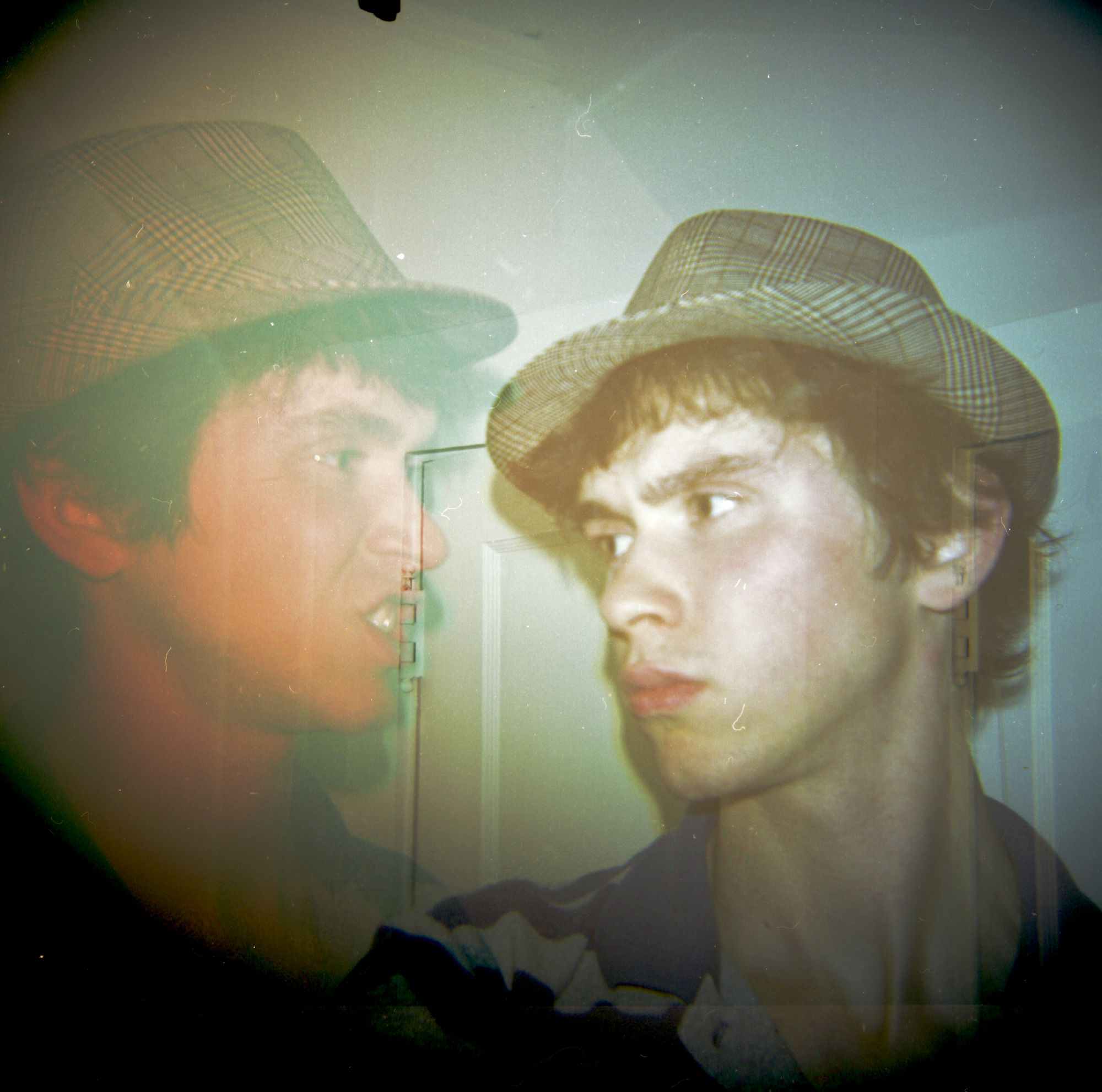
When it comes to aperture settings, there's also only a couple of options. You can choose either sunny setting or cloudy setting. Supposedly this is the equivalent of f11 and f8 respectively. Personally, I have never even used the sunny setting and if you really want to simplify things you can do the same.

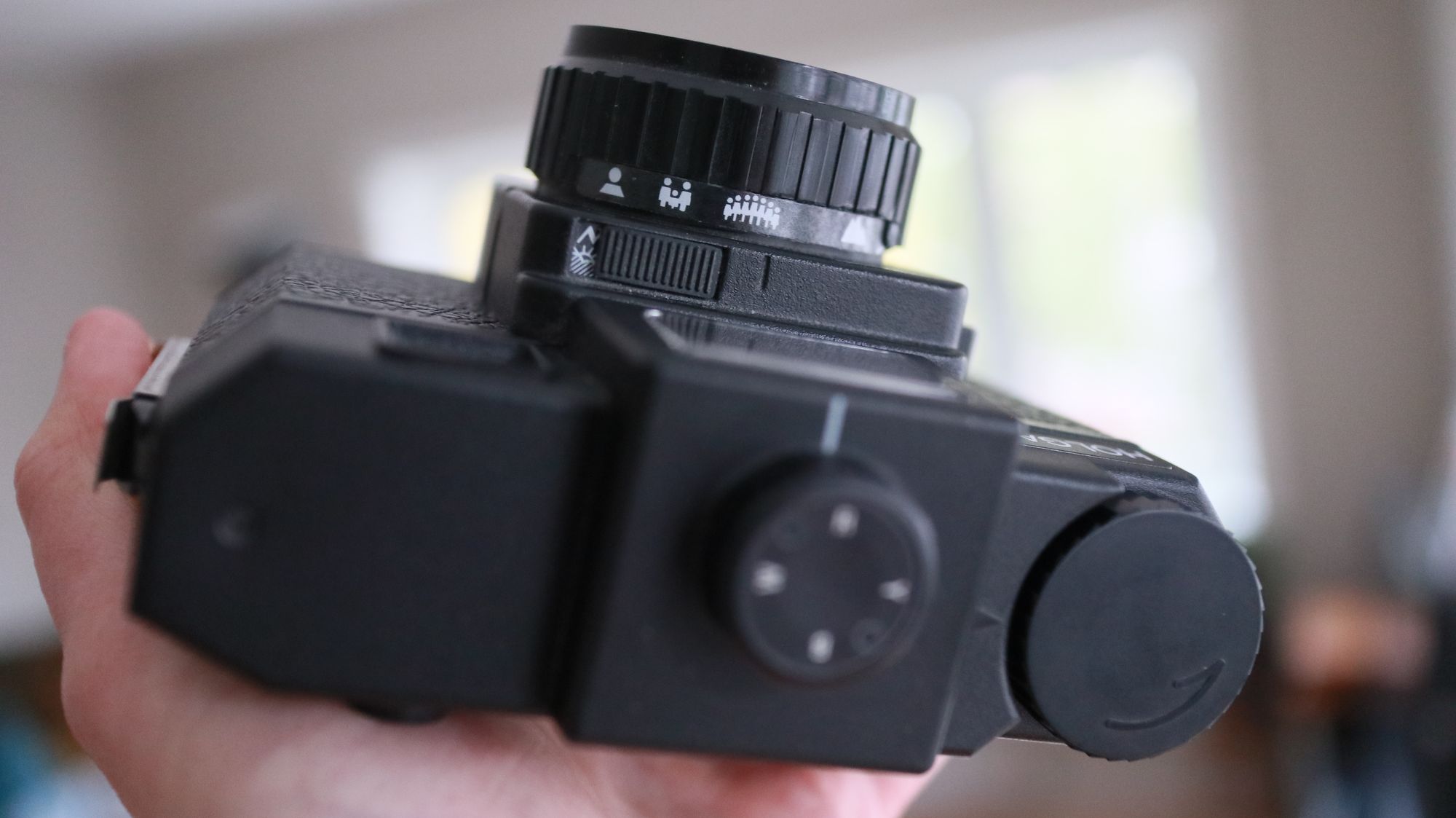
So when all is said and done, you can fully use this camera by setting the shutter to N and the aperture to cloudy and then completely forgetting about them. Then, throw in some 400iso film and you're good to go. If you go out shooting in daylight, you won't need the flash and if want to take photos at night, then do use the flash.
Then it's just to remember to set your focus, as the viewfinder does not show you what is in focus. This is just to guess your focus based on your scene. Use the focus estimates on the lens and you're good to go. Having such a large depth of focus, thanks to the small aperture lens, gives you a good amount of wiggle room here.
Of course the most important thing to remember before you go out shooting with the Holga, TAKE THE LENS CAP OFF! Or as many Holga enthusiasts say, just throw the darned lens cap away. If you forget this one critical step, it easy to go through a full 12 exposure roll of film and only find out after paying for developing costs that you got a blank roll of film. Take off the lens cap!
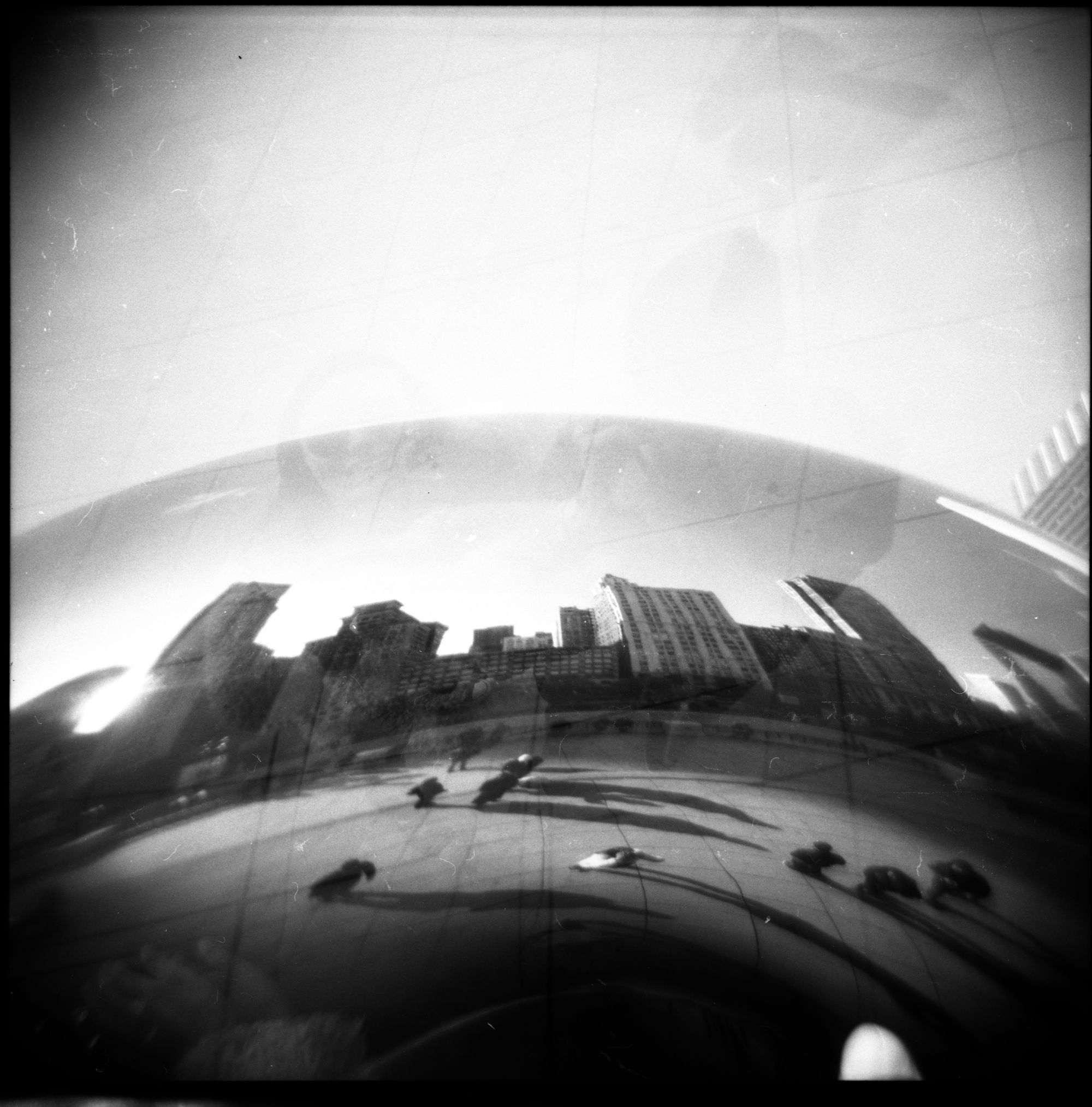
All in all, Holga is a camera that really just gets out of your way and allows you to focus on what's really important. Taking the photo. If you want to dive into the world of analog photography but you don't want to spend a ton of money on a pricey camera or delve into the complexities of calculating shutter speeds, apertures, or depth of field, Holga might be a great starting place for you.
Meanwhile, a seasoned photographer may find the Holga to be a welcome respite from endless camera features and gear acquisition syndrome. There's something to be said for a camera that just does one thing and does it well... or at least adequately.... most of the time.
So take Holga for a spin and you might just be surprised with the results you can get from a 120 film roll, a plastic lens, a multicolored flash, and your imagination.
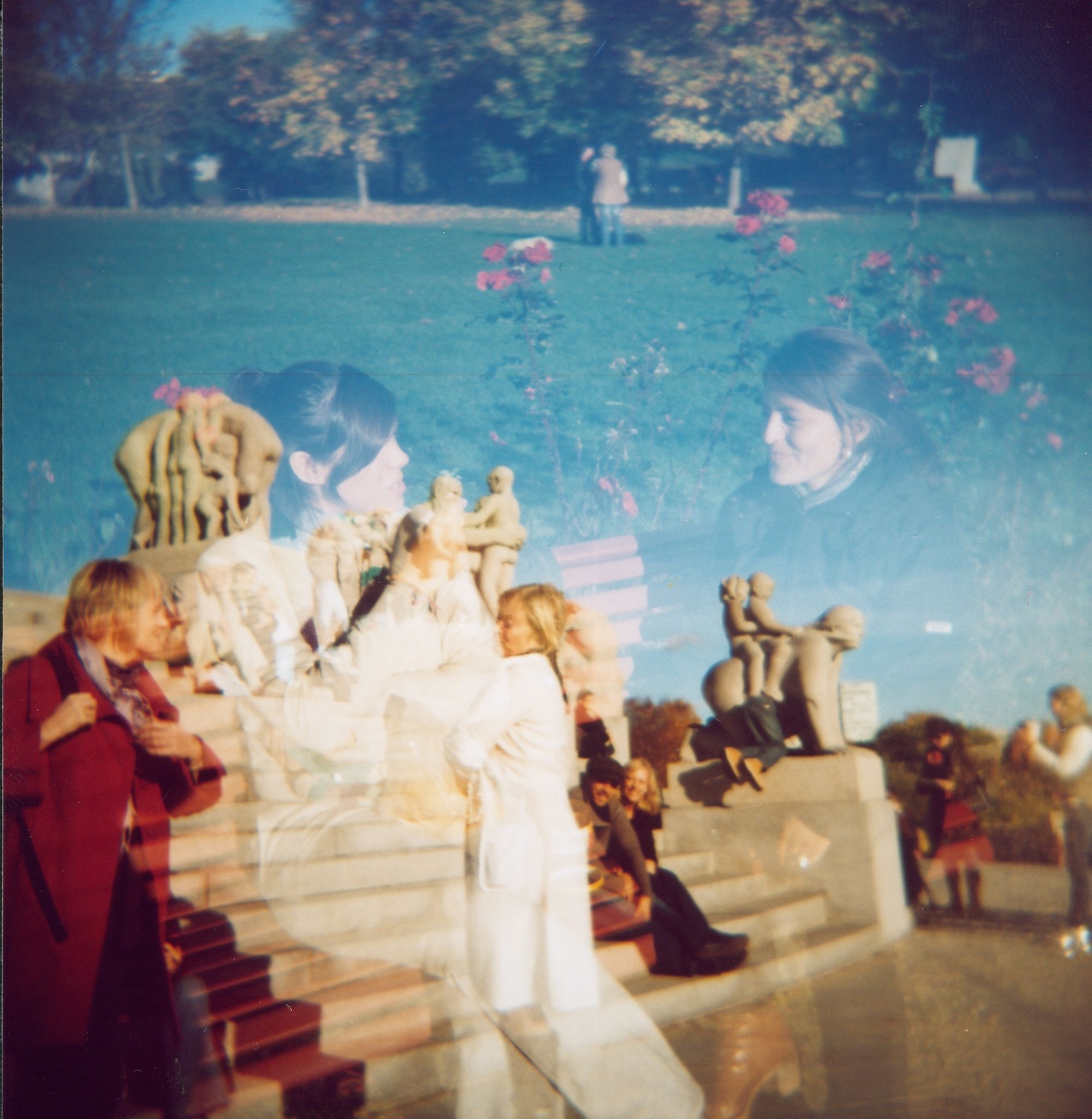
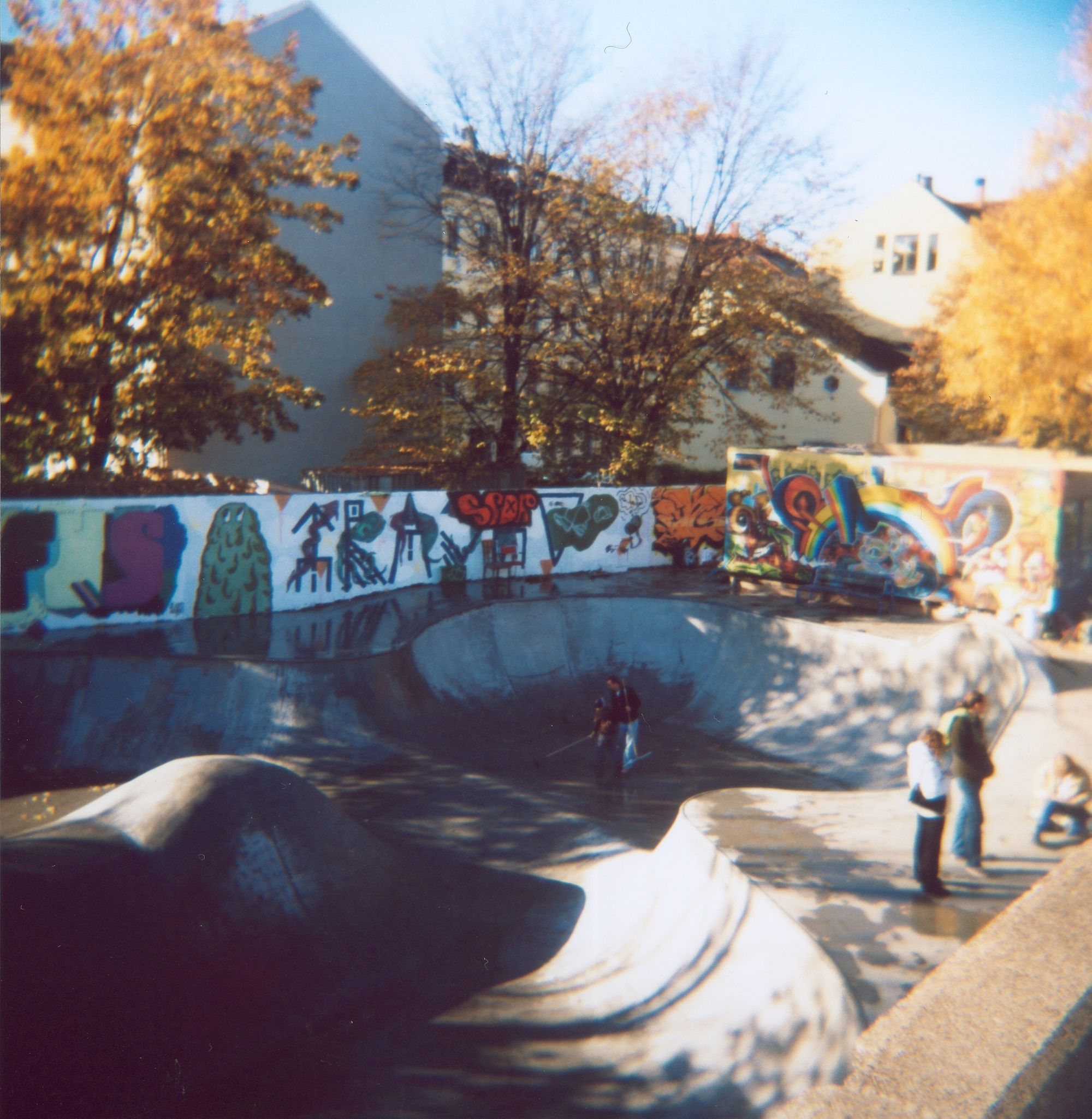


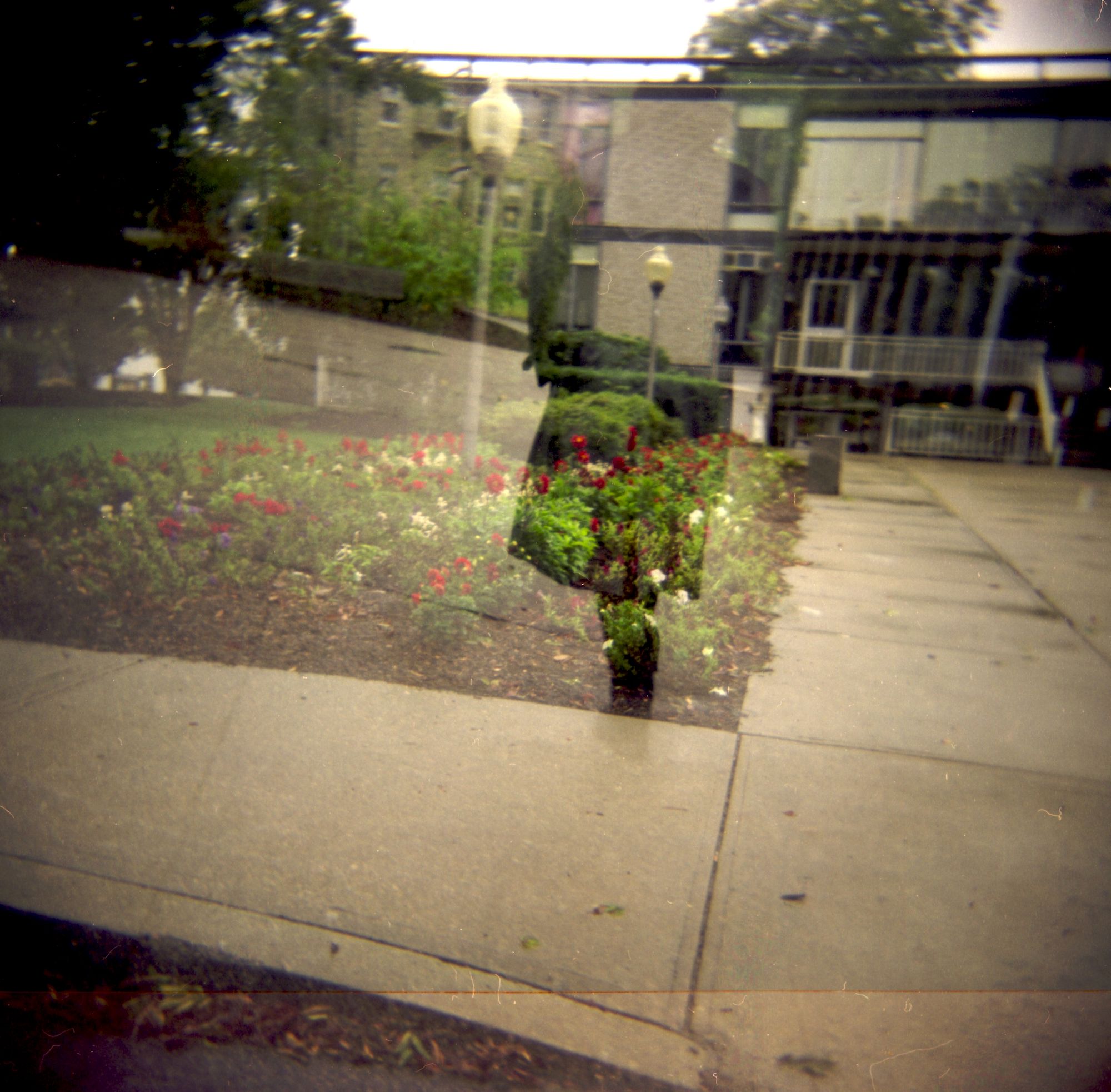
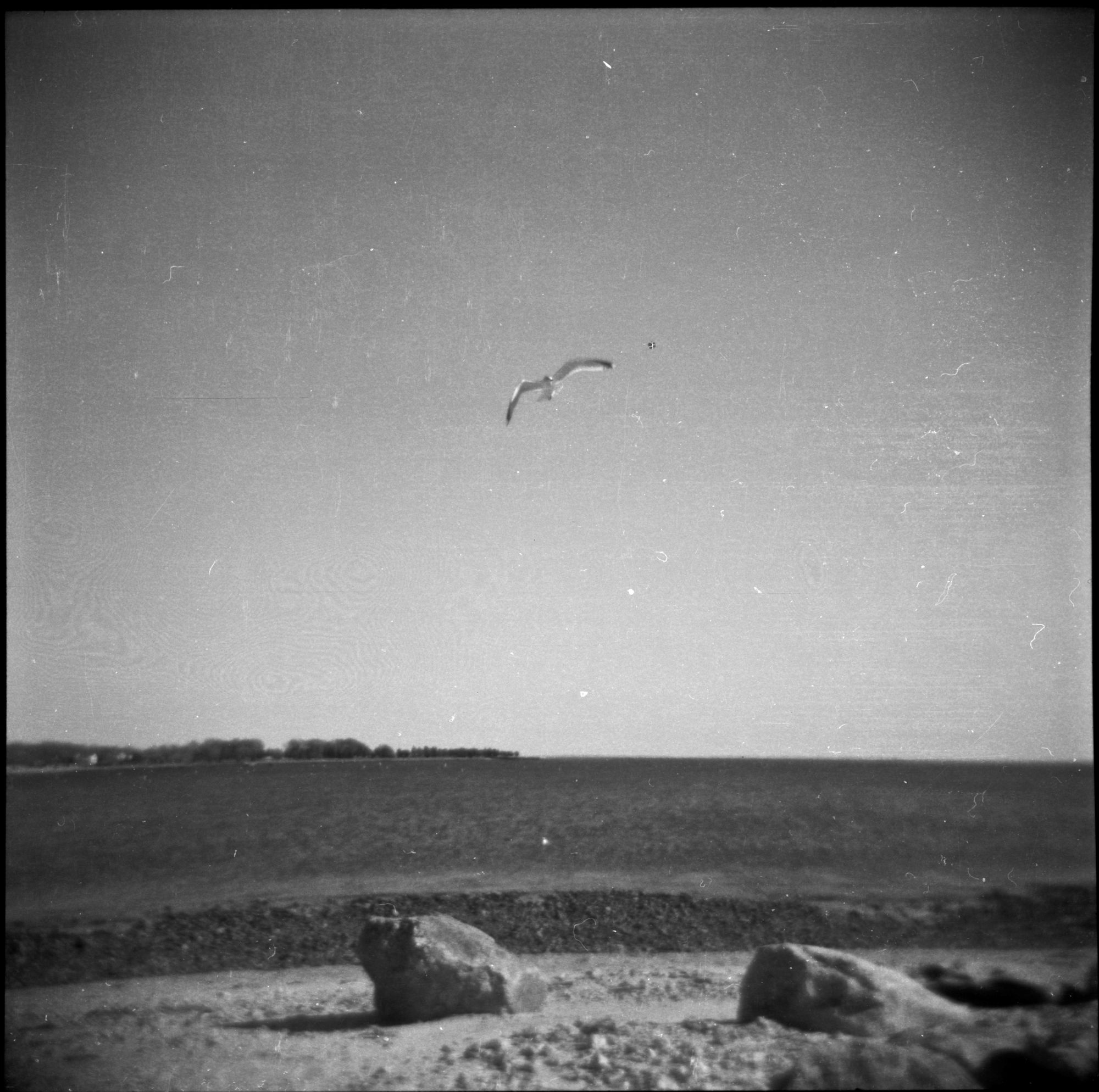
Here's a few tips and tricks for how to get the most out of your Holga:
- Don't be afraid to experiment. Take multiple exposures, turn the camera sideways and upside down, use the color flash, try bulb (but remember to set it back when you're done!). Surprise yourself!
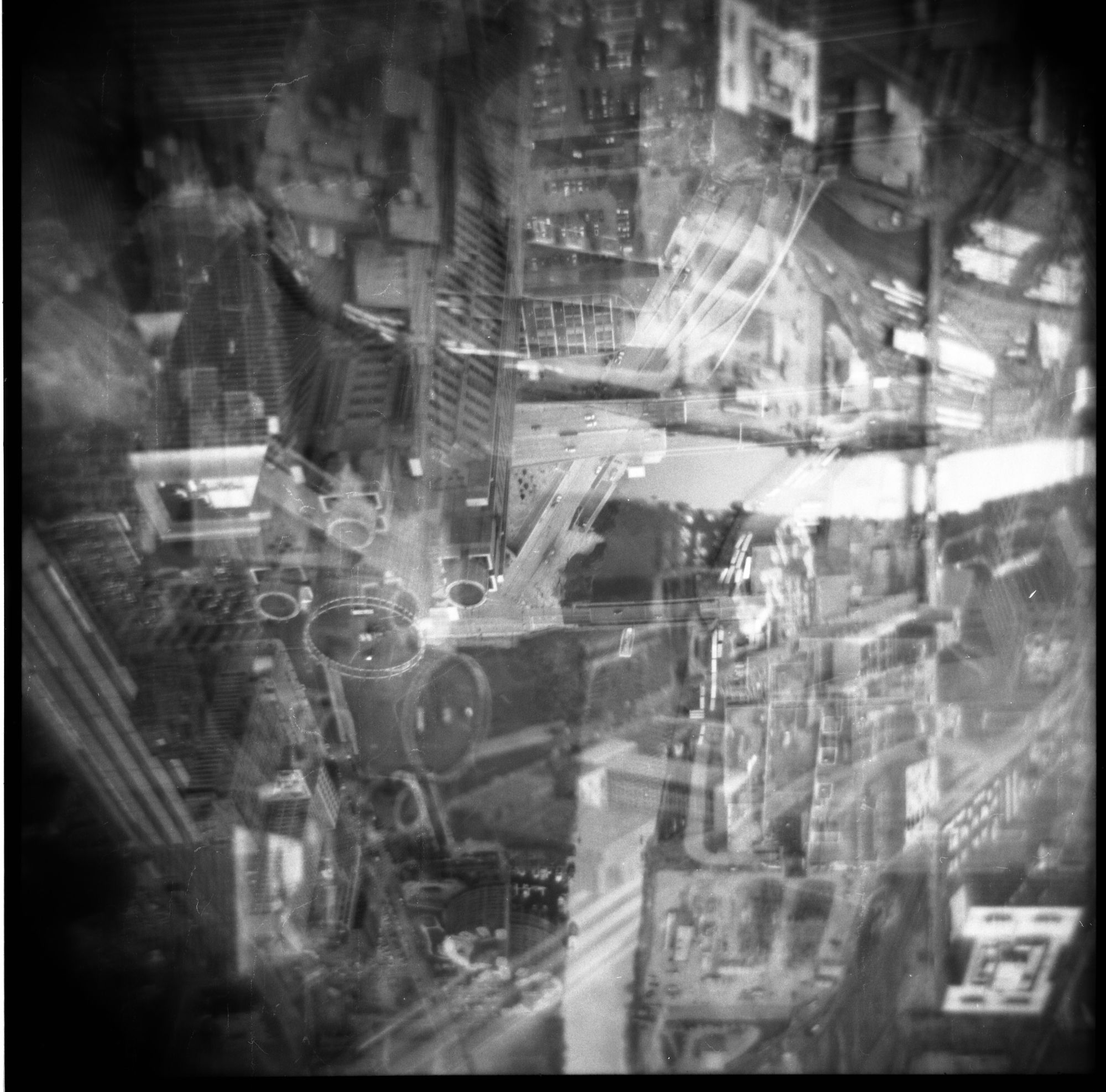
2. Use tape if you need. The Holgas have notoriously bad quality control and some models leak light like a sieve. Get some black electrical tape or duct tape and tape up all the leaky bits. The tape just adds to the charm!
3. Try putting 35mm film into the Holga. There are plenty of guides online about how to build your own 35mm conversion kit for the Holga. This will give you fun results because the 35mm exposure will be extra wide and exposed over the sprocket holes. Fun!
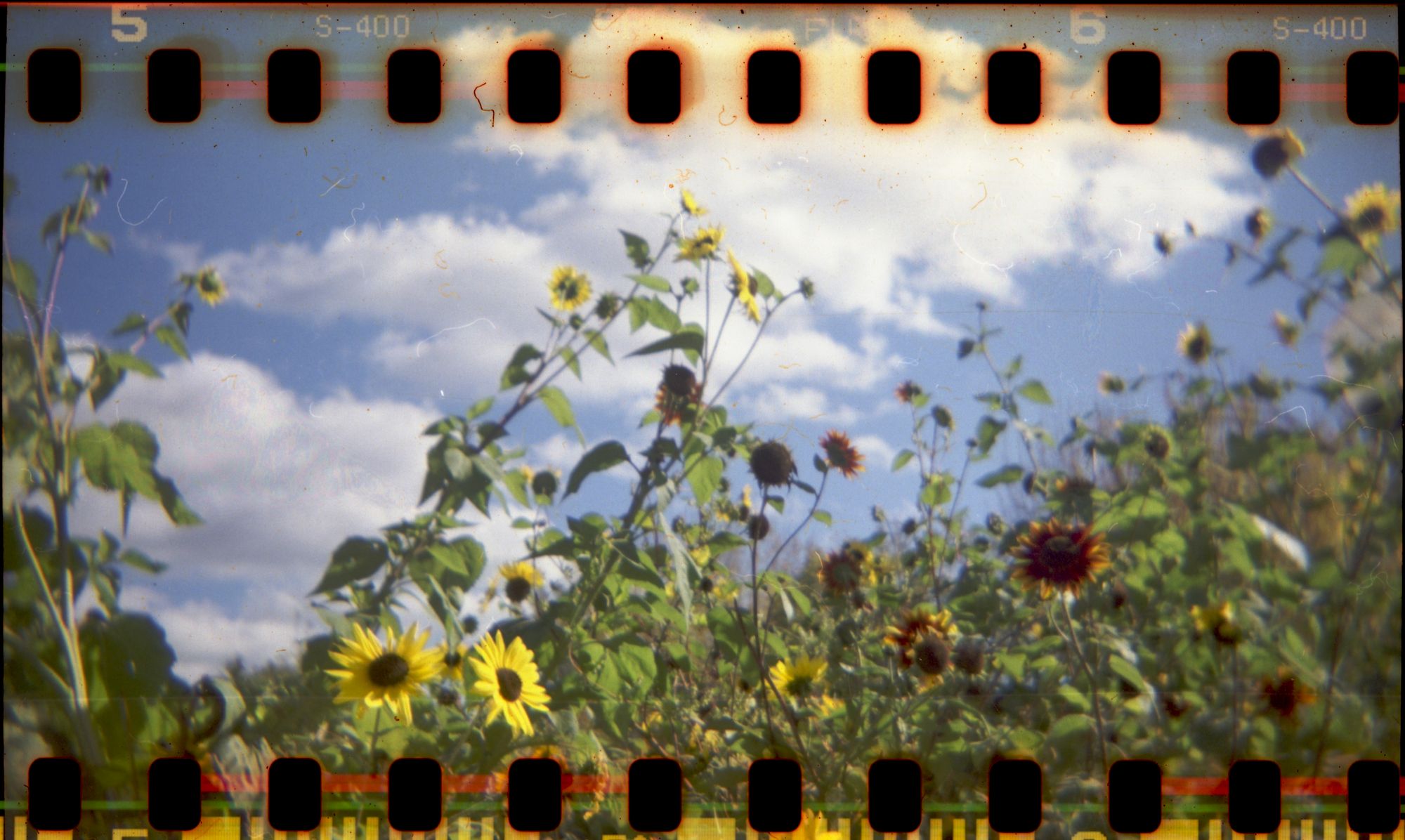
If you want to see me rambling on about why Holga is one of my favorite cameras, check out my Youtube video on the topic:

